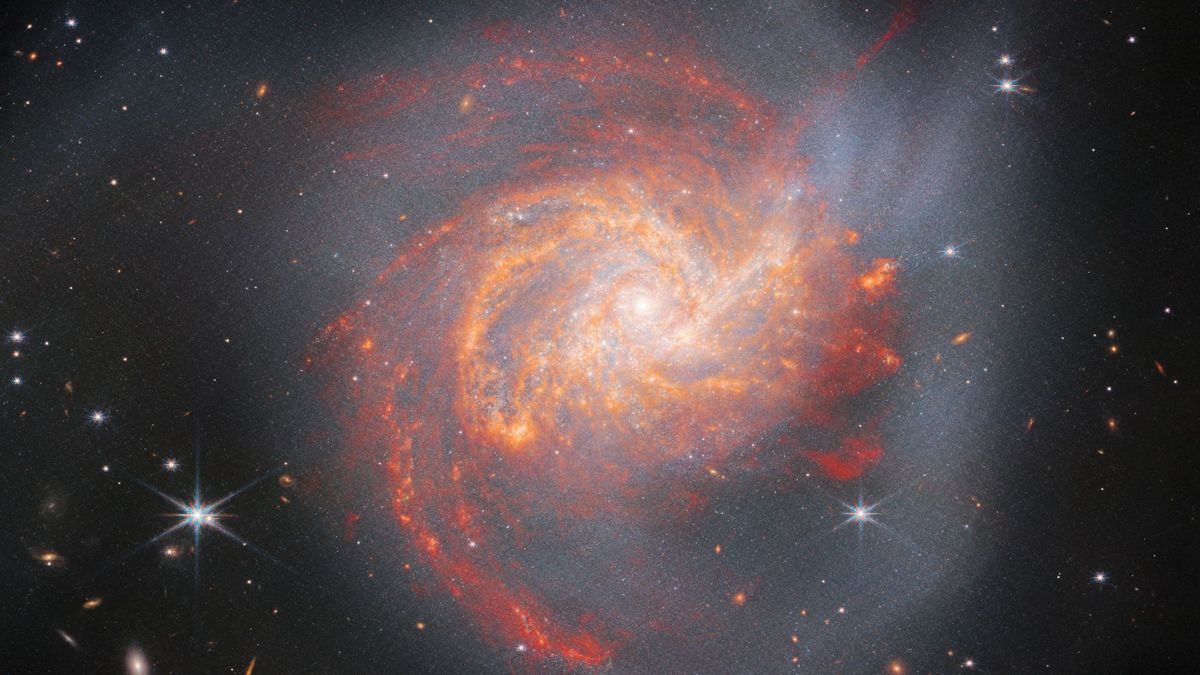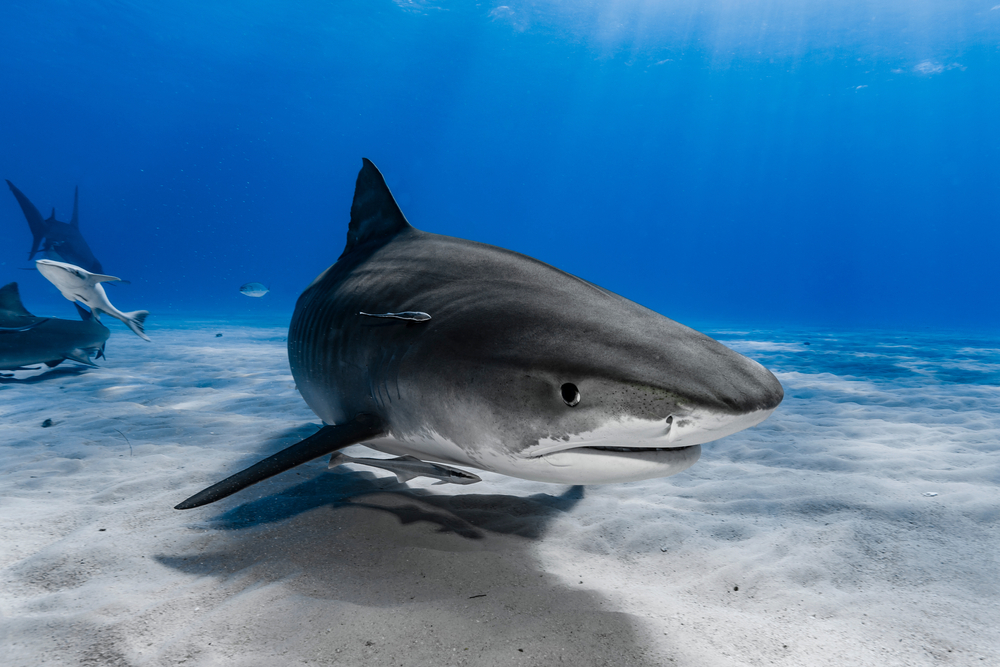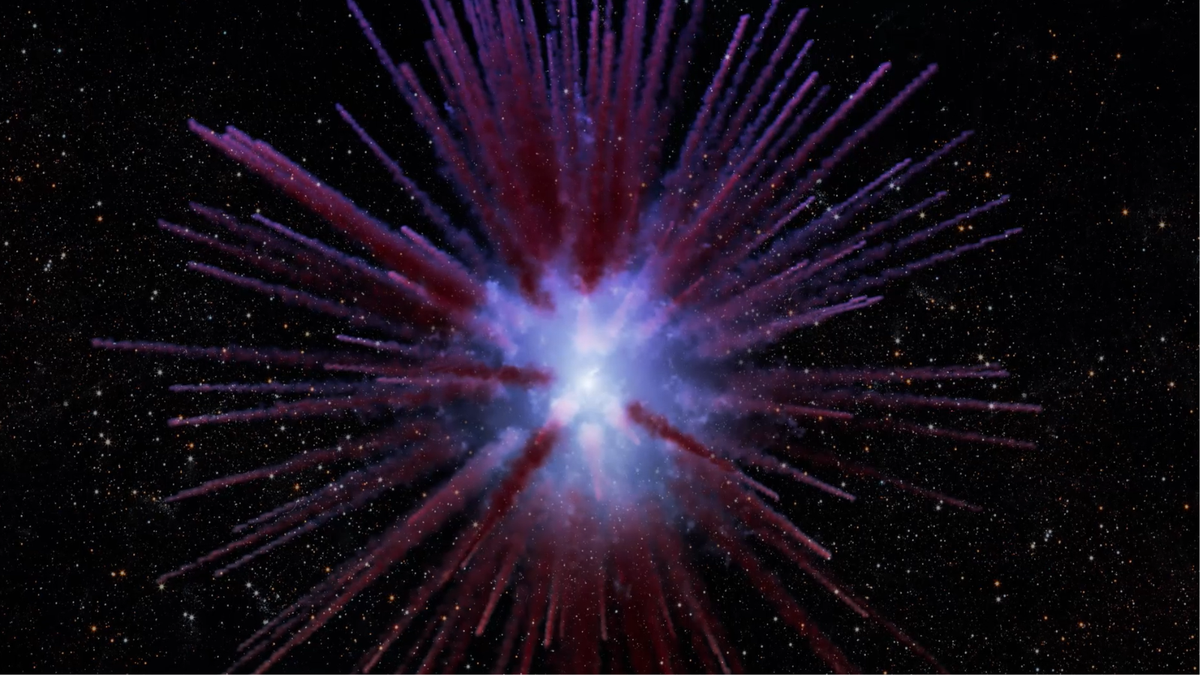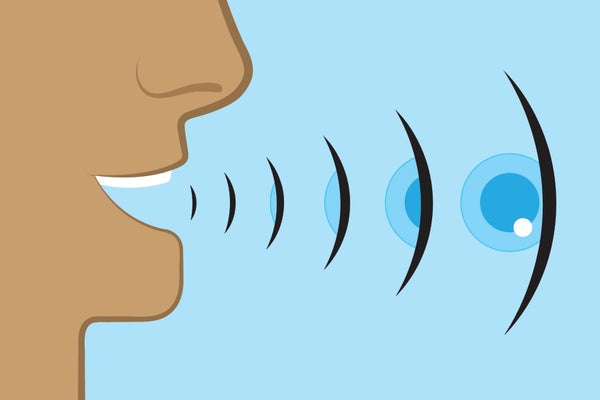A new image from the James Webb Space Telescope (JWST) shows that when it comes to galaxies, appearances can be deceiving.
The picture shows a serene-looking orange-red galaxy, but this cosmic spiral of gas, dust, and stars hides a violent past representing the wreckage of a massive collision between two earlier galaxies that proceeded around 500 million years ago.
The galaxy in question is NGC 3256, which lies around 120 million light-years from Earth and is a member of the Hydra-Centaurus Supercluster. Hints at the chaotic past of this swirl-like galaxy are hidden within the James Webb Space Telescope image in the form of long tendrils of shining dust and stars which extend outwards from the main body of the galaxy and the brightest portions of NGC 3256.
The study of these cosmic collisions can teach astronomers a great deal about how galaxies like our own, the Milky Way, grow by merging with other galaxies. As this galactic growth results in the merging and growth of black holes, studying wreckage like NGC 3256 could also help solve the mystery of how the supermassive black holes at the heart of most galaxies can grow to masses equivalent to millions or even billions of times that of the sun.
Related: Saturn’s rings look gorgeous in 1st James Webb Space Telescope photo of the gas giant
The historic merger that created NGC 3256 is also responsible for an intense burst of star formation in the galaxy. This happens because when galaxies collide, they channel gas and dust together into dense clouds to become the raw material needed for star birth.
The creation of young stars can be seen in the form of the brightest regions within the orange/red glow of NGC 3256. These stars are blasting out infrared light, irradiating tiny grains of dust that cause the galaxy to glow brightly and make it a perfect target for the JWST, which is designed to see the universe in infrared.
When galaxies collide, most stellar bodies escape the violent collisions unscathed, unlike the gas and dust content of those galaxies. That’s because of large voids between stars. But it isn’t the case for all the stars in those galaxies. Visible in the JWST image of NGC 3256 are threads of stars that were wrenched free of their home galaxies as a result of gravitational interactions between the colliding galaxies giving rise to incredible tidal forces.
The stunning image of this galaxy was created by the JWST using data from its Near Infrared Camera (NIRCam) and its Mid-InfraRed Instrument (MIRI). Visualizing NGC 3256 in this way demonstrates the usefulness of the JWST, the most powerful telescope ever placed into orbit around Earth, in understanding the growth of galaxies and the evolution of the universe.
Join our Space Forums to keep talking space on the latest missions, night sky and more! And if you have a news tip, correction or comment, let us know at: community@space.com.














